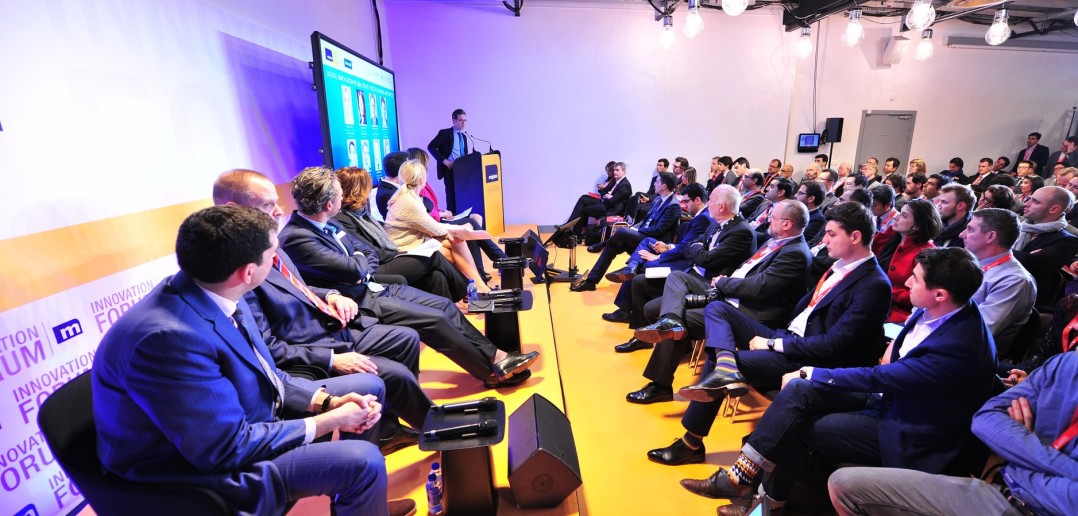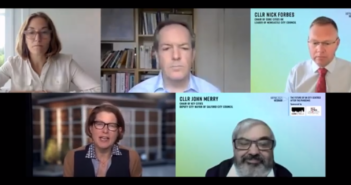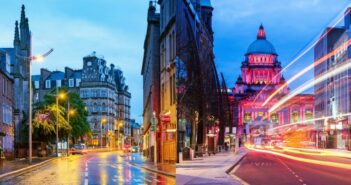At MIPIM it is fascinating to compare common themes among several sessions. In Helsinki they promote the safety of the city, free from Florida hurricanes or California fires or earthquakes, and with violence more comparable to Kyoto than Chicago. Europe’s populations want to feel safe and any respectable new development is going to design in safety with good lighting and open porous corridors. What is so important to all city residents after attacks in global cities like Paris is safety. Once we feel safe then we can concentrate on other needs.
Experts from around the globe described the attributes for a safe and healthy and efficient environment and the common elements are always the same no matter where in the globe you reside. In order to provide efficient transport we must have density and in order to minimize excess travel time we must have mixed use where we can work, shop, live and play nearby. More density requires that we merge and share open spaces and good land use planning will provide great gathering places. This requires enlightened land use planners and a tolerant public that will not oppose density and mixed use, as out of character with history. The future is always out of character with history.
Most other goals of future cities are captured in the above elements. For example, lowering the use of fossil fuels requires good public transport and this requires density. But technology and mobility has allowed new market mechanisms to more efficiently use the embedded capital in every manufactured item people use. Think of communities with shared tools and shared cars and shared gardens. Ownership is not a goal among many millennials, and even though the cultures in the UK and US suggest ownership as a historical goal, this is changing. Living space is now part of the shared economy and convenience trumps ownership. These ideas extend to students who now travel the globe and study internationally. Student housing in most demand is convenient with telephone service, internet, furniture and study rooms all part of the turnkey package that appeal to Chinese studying abroad and French students alike.
Of course no city is really great without art and older cities with great architecture and established art including museums and ballet and symphonies will always have a few generations head start on newer cities. In this regard no city can call itself great if it does not last 100 years or more and have some great icons and institutions that become, over time, irreplaceable.
Last, the cities of the future do well by serving their established residents first. Tourists naturally follow. Cities should not worry about attracting conventions since the jobs created are low skilled and low pay. They should worry about making the city a great place for an educated and diverse population. This requires good schools and here we find that many cities have performed poorly. Education is a public good that gets pushed aside by short term politicians and poorly managed budgets.
Well managed cities will thrive, along with those with natural beauty and great weather. In fact, cities with poor weather will need to be much better managed than average in order to attract business. Among the great cities we can think of Hong Kong for public transport, Vancouver or London for great parks and open spaces, Kyoto or Tokyo for safety, Denver for good management, San Diego for perfect weather, Paris for great culture and art and Barcelona for attracting unicorns and start-up firms. Every city wants to be the parent of start-up unicorns, but this requires diversity and good schools and great universities and a business welcoming climate, not unlike many of the exhibitors here at MIPIM.



